Three billion years ago, Earth was a very different place.
-
Middle School Teacher Reviewers Needed - Online Astrobiology "Game"
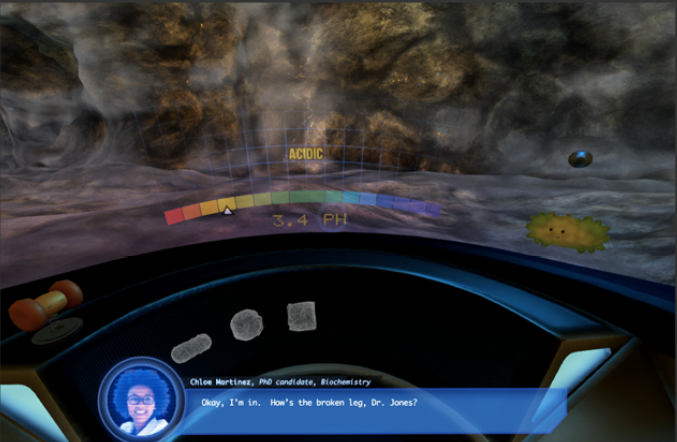
Screenshot from the Life Underground Game where students take the role of investigators of extreme subsurface environments looking for microbial life.The NASA Astrobiology Institute has funded the production of an exciting, new educational game/software called Life Underground. In the game, students take on the role of a young scientist navigating and investigating a subsurface environment, searching for and characterizing microbial life.
The development team at the University of Southern California’s School of Cinematic Arts is seeking educator reviewers for the game.
October 06, 2017 • Posted by: Miki Huynh • Report issue
-
Water can be Corrosive to Life, so what about Alternative Solvents?
Life on early Earth seems to have begun with a paradox: while life needs water as a solvent, the essential chemical backbones of early life-forming molecules fall apart in water. Our universal solvent, it turns out, can be extremely corrosive.
Some have pointed to this paradox as a sign that life, or the precursor of life, originated elsewhere and was delivered here via comets or meteorites. Others have looked for solvents that could have the necessary qualities of water without that bond-breaking corrosiveness.

A “fossil” natural nuclear reactor site in the Okio region of Gabon. The large uranium deposit present underwent nuclear fission on and off for hundreds of thousands of years some 2 billion years ago. The yellow rock is uranium oxide.Source: [astrobio.net]
October 05, 2017 • Written by: Marc Kaufman • Report issue
-
A Summer of Astrobiology

Fall is officially upon us, but not too long ago early career astrobiologists were keeping busy throughout the summer season. AbGradCon 2017 and the Proposal Writing Retreat—organized by and for post-docs, graduate students, and select undergrads—met with great success. The 2017 International Summer School in Astrobiology gathered 22 scholars to the Universidad Internacional Menéndez Pelayo (UIMP) in Santander, Spain to learn about exoplanet habitability. And undergraduates collaborating with scientists at Goddard Space Flight Center presented a GSFC Summer Research Associate 2017 Seminar on their innovative research.
PIs of the NASA Astrobiology Institute teams also report the activities and achievements ...
October 03, 2017 • Written by: Miki Huynh • Report issue
-
Webcast of Astrobiology, Synthetic Biology, and the Future of Life
You can now watch the Library of Congress symposium “Life As It Could Be: Astrobiology, Synthetic Biology, and the Future of Life” hosted by Luis Campos, the 2016-2017 Baruch S. Blumberg NASA/Library of Congress Chair in Astrobiology. The event took place Thursday, September 28, 9AM-6PM ET.
Summary:
What is life? How might life have emerged on Earth or on other worlds? And how might we engineer the future of life—what might we make life to be? Astrobiologists and synthetic biologists grapple with these questions every day. To further explore the intersections between these sciences and the humanities, the ...Source: [Library of Congress]
September 27, 2017 • Posted by: Miki Huynh • Report issue
-
NASA Astrobiology Program Student Early Career Collaboration Awards - Deadline October 2
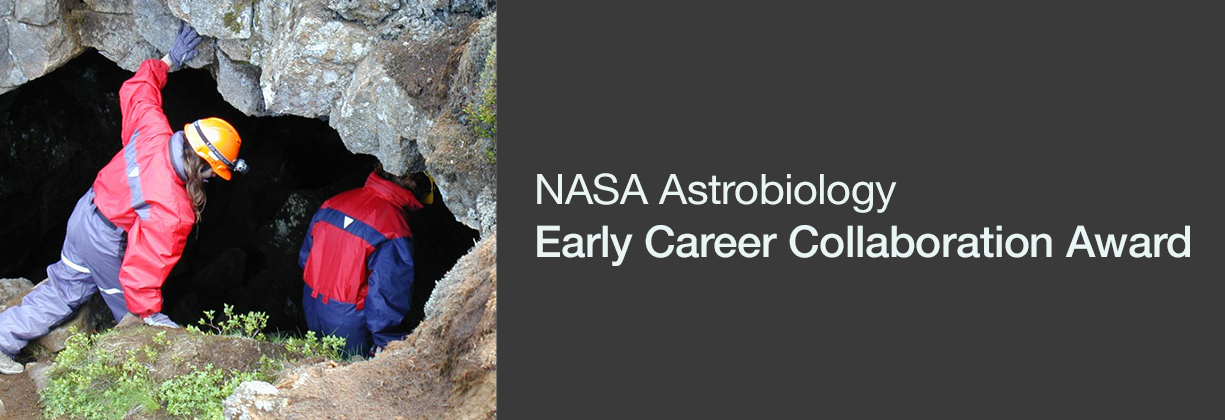
Applications for the next cycle of the NASA Astrobiology Early Career Collaboration Award are due October 2, 2017.Don’t miss the next opportunity to apply for an Astrobiology Early Career Collaboration Award! The deadline is October 2, 2017.
The Astrobiology Early Career Collaboration Awards offer research-related travel support for undergraduates, graduate students, postdocs, and junior scientists. Applicants are encouraged to use these resources to circulate among two or more laboratories supported by the NASA Astrobiology Program (Exobiology and Evolutionary Biology, the NAI, Planetary Science and Technology Through Analog Research, MatiSSE, PICASSO and the Habitable Worlds), however any travel that is critical for the applicant’s research will be considered. Travelers must be formally affiliated with a U.S ...
September 13, 2017 • Posted by: Miki Huynh • Report issue
-
Seeing Emergent Physics Behind Evolution
PI Nigel Goldenfeld of the Institute for Universal Biology, the NASA Astrobiology Institute team based at the University of Illinois at Urbana-Champaign, was featured in Quanta Magazine, where he talks about collective phenomena, expanding the Modern Synthesis model of evolution, and using quantitative and theoretical tools from physics to gain insights into mysteries surrounding early life on Earth, and the interactions between cyanobacteria and predatory viruses.
Read the story in Quanta Magazine.
Source: [Quanta Magazine]
September 09, 2017 • Posted by: Miki Huynh • Report issue
-
Library of Congress Symposium: Life As It Could Be: Astrobiology, Synthetic Biology, and the Future of Life

Luis Campos, the 2016-2017 Baruch S. Blumberg NASA/Library of Congress Chair in Astrobiology, is hosting a symposium entitled “Life As It Could Be: Astrobiology, Synthetic Biology, and the Future of Life.”
Date/Time: Thursday, September 28, 2017 from 9:00 a.m. – 6:00 p.m.
Location: The John W. Kluge Center, Room 119, Thomas Jefferson BuildingWhat is life? How might life have emerged on Earth or on other worlds? And how might we engineer the future of life—what might we make life to be? Astrobiologists and synthetic biologists grapple with these questions every day. To further ...
Source: [Library of Congress]
September 08, 2017 • Posted by: Miki Huynh • Report issue
-
NAI 2016 Annual Science Report
The Annual report has been removed pending final review by NASA HQ. The reviewed report will be reposted by Oct 1, 2017.
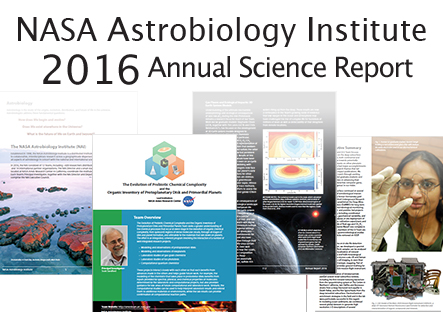 September 06, 2017 • Posted by: Miki Huynh • Report issue
September 06, 2017 • Posted by: Miki Huynh • Report issue
-
As Oceans Alkalized, Life Developed Bones and Shells
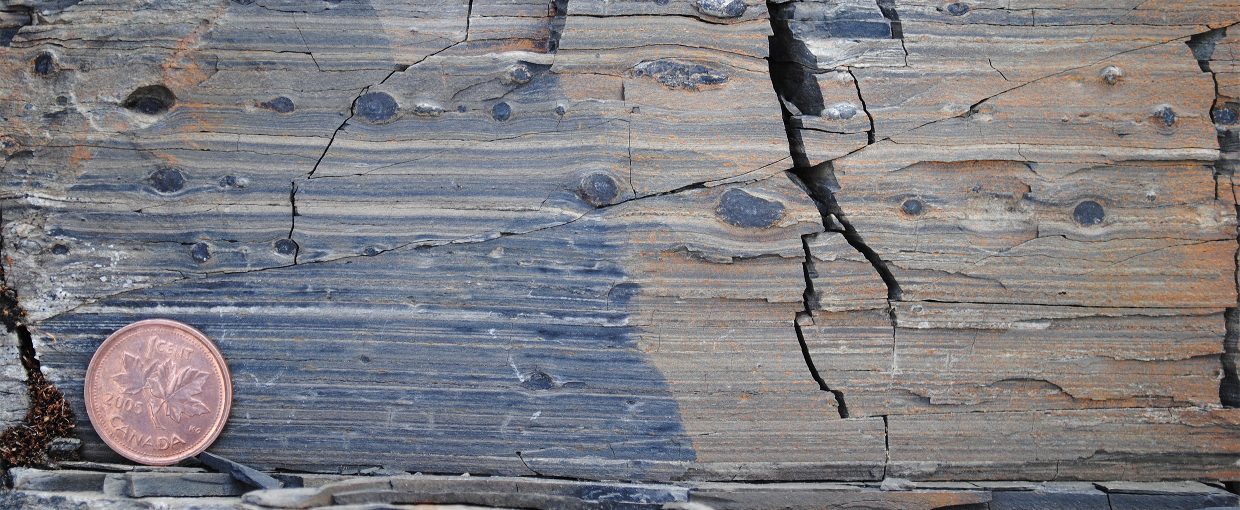
View of carbonate rocks from Mount Slipper, Yukon that contain apatitic scale microfossils. Fossils are found by dissolving the carbonate rocks in weak acid. Canadian penny for scale. Credit: Justin V. Strauss
Scanning electron microscope image of a cluster of biomineralized ASM fossils from Mount Slipper. Fossils are found by dissolving carbonate rocks from Mount Slipper in weak acid. These structures likely acted as armor, with many plates of the same type surrounding a single cell. Credit: Phoebe A. CohenSource: [astrobio.net]
September 01, 2017 • Written by: Charles Q. Choi • Report issue
-
This Enzyme Enabled Life to Conquer a Hostile Earth
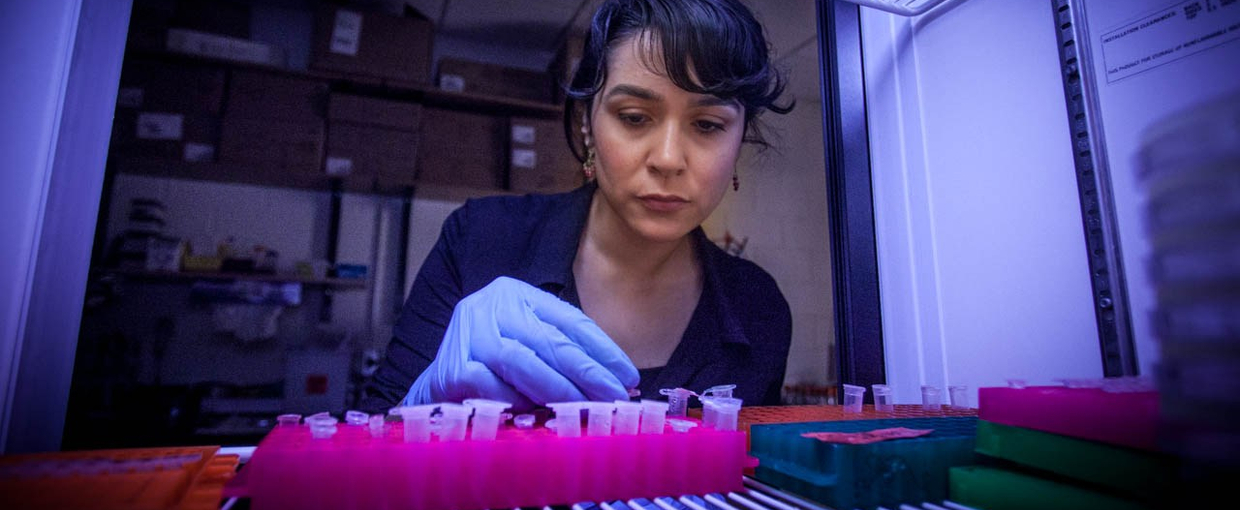
Betül Kacar in her lab.Computers are simulating the ancestral versions of the most common protein on Earth, giving scientists an unparalleled look at early life’s development of harnessing energy from the Sun and production of oxygen.
These findings could shed light on the evolution of alien life elsewhere in the Universe, researchers said. They recently detailed their findings in the online version of the journal Geobiology.
Photosynthesis, which uses energy from sunlight to create sugars and other carbon-based organic molecules from carbon dioxide gas, has played a major role in Earth’s history. Photosynthesis supports the existence of plants and other photosynthetic organisms ...
Source: [astrobio.net]
August 23, 2017 • Written by: Aaron Gronstal • Report issue
-
A Simple Bacterium Reveals How Stress Drives Evolution
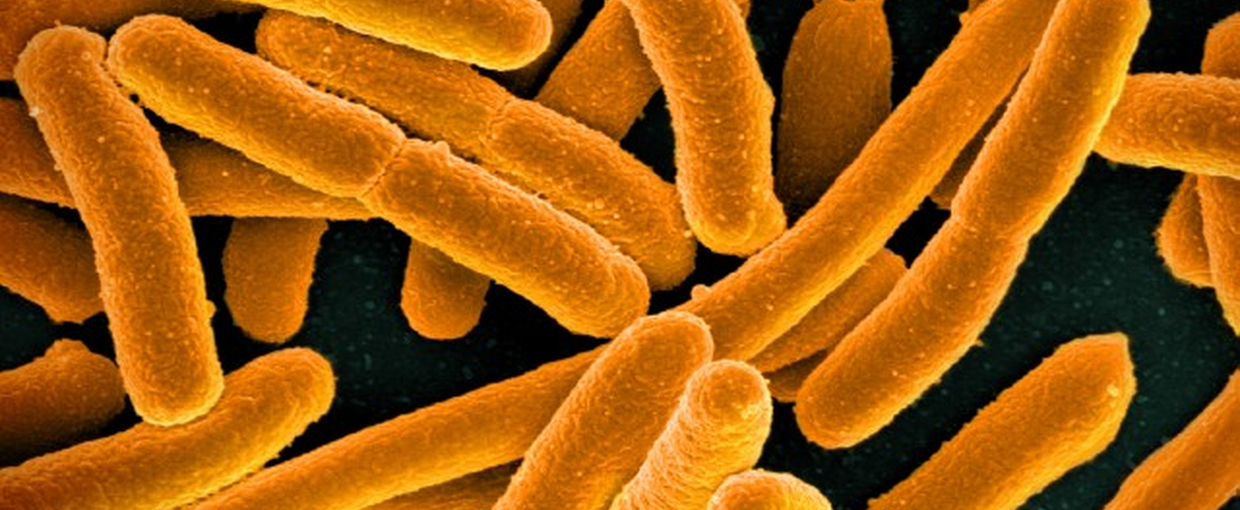
E.coli, a common bacteria.A common bacteria is furthering evidence that evolution is not entirely a blind process, subject to random changes in the genes, but that environmental stressors can also play a role.
A NASA-funded team is the first group to design a method demonstrating how transposons — DNA sequences that move positions within a genome — jump from place to place.The researchers saw that the jumping rate of these transposons, aptly-named “jumping genes,” increases or decreases depending on factors in the environment, such as food supply.
“This is a new window into how environment can affect evolution rates,” said Nigel Goldenfeld, director ...
Source: [astrobio.net]
August 16, 2017 • Written by: Elizabeth Howell • Report issue
-
Examining Mars Analog Rocks in Northern Ontario
On August 10, CTV News spotlighted NASA Astrobiology Institute (NAI) scientists testing instruments and examining Mars analog rocks in Timmons, Ontario, Canada. Pablo Sobron and Adrian Brown, both scientists with the team at SETI, are featured in the news story.
The transcript is available at CTV News.
Source: [CTV News Northern Ontario]
August 15, 2017 • Posted by: Miki Huynh • Report issue
-
Purple Signs of Life
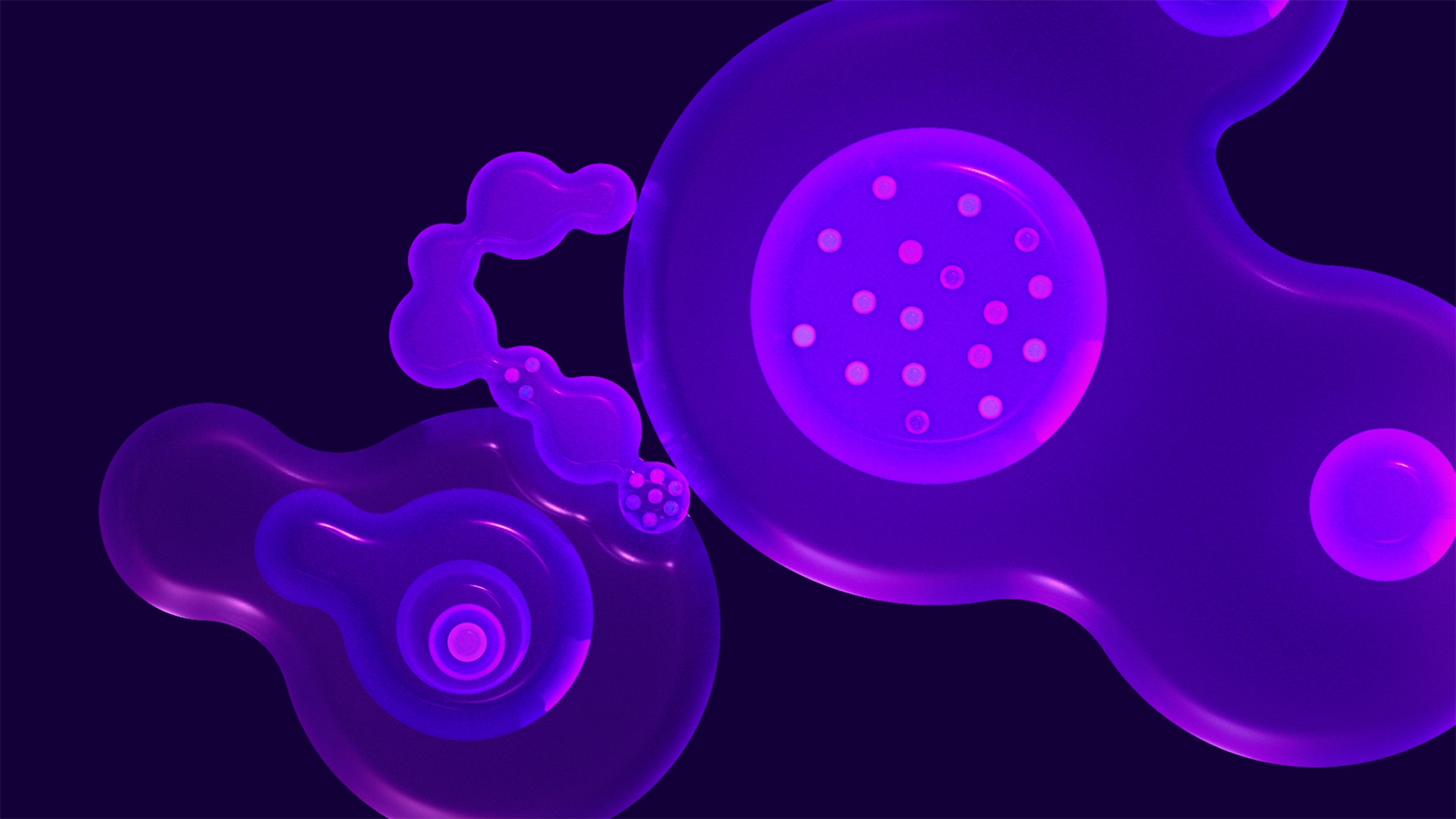
Astrobiologists examine purple microorganisms as a possible link to life on early Earth and other planets. Image source: CNNA story published in CNN takes a look at the color purple and how astrobiologists are considering the possible connection between purple organisms and the evolution of life on early Earth and other planets.
The Purple Earth hypothesis, first presented by microbiologist Shil Dassarma at the University of Maryland School of Medicine, suggests that ancient microbes may have relied on retinal rather than chlorophyll to harness energy from sunlight. Retinal is easier to produce in low-oxygen environments and, because it absorbs green light and reflects a combination of red and violet, makes the organism appear purple. The pigment is evident ...
Source: [CNN]
August 14, 2017 • Written by: Miki Huynh • Report issue
-
NASA Finds Moon of Saturn Has Chemical That Could Form ‘Membranes’
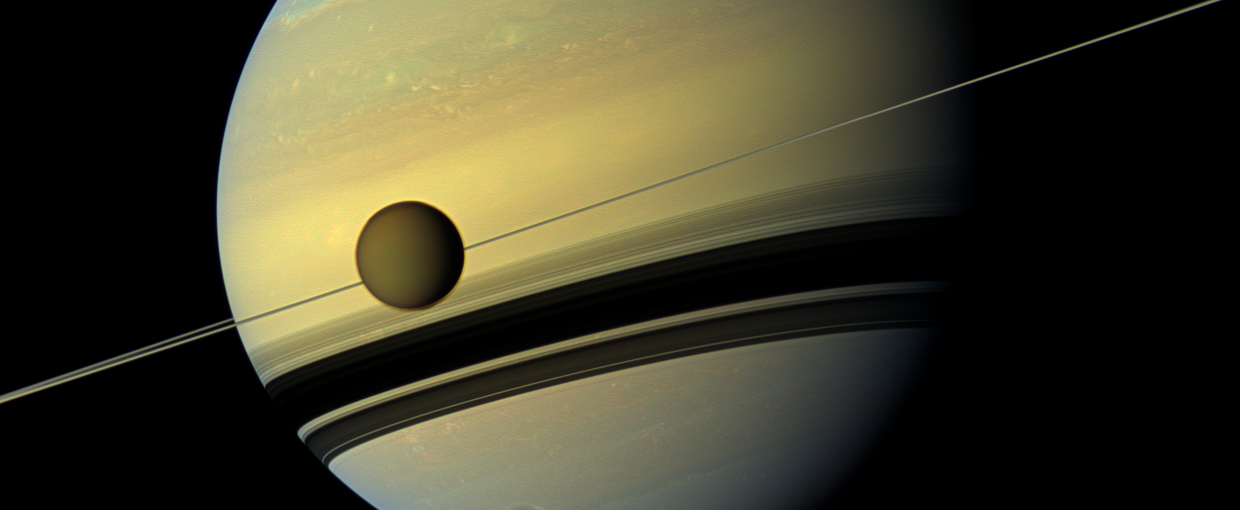
This Cassini image from 2012 shows Titan and its host planet Saturn.NASA scientists have definitively detected the chemical acrylonitrile in the atmosphere of Saturn’s moon Titan, a place that has long intrigued scientists investigating the chemical precursors of life.
On Earth, acrylonitrile, also known as vinyl cyanide, is useful in the manufacture of plastics. Under the harsh conditions of Saturn’s largest moon, this chemical is thought to be capable of forming stable, flexible structures similar to cell membranes. Other researchers have previously suggested that acrylonitrile is an ingredient of Titan’s atmosphere, but they did not report an unambiguous detection of the chemical in the smorgasbord of organic, or ...
Source: [NASA]
August 07, 2017 • Written by: NASA; Rob Garner (Editor) • Report issue
-
An Earth-like Atmosphere May Not Survive Proxima b’s Orbit

This artist’s impression shows a view of the surface of the planet Proxima b orbiting the red dwarf star Proxima Centauri, the closest star to the solar system.Proxima b, an Earth-size planet right outside our solar system in the habitable zone of its star, may not be able to keep a grip on its atmosphere, leaving the surface exposed to harmful stellar radiation and reducing its potential for habitability.
At only four light-years away, Proxima b is our closest known extra-solar neighbor. However, due to the fact that it hasn’t been seen crossing in front of its host star, the exoplanet eludes the usual method for learning about its atmosphere. Instead, scientists must rely on models to understand whether the exoplanet is habitable.
One such computer model ...
Source: [NASA]
August 05, 2017 • Written by: Aaron Gronstal • Report issue



